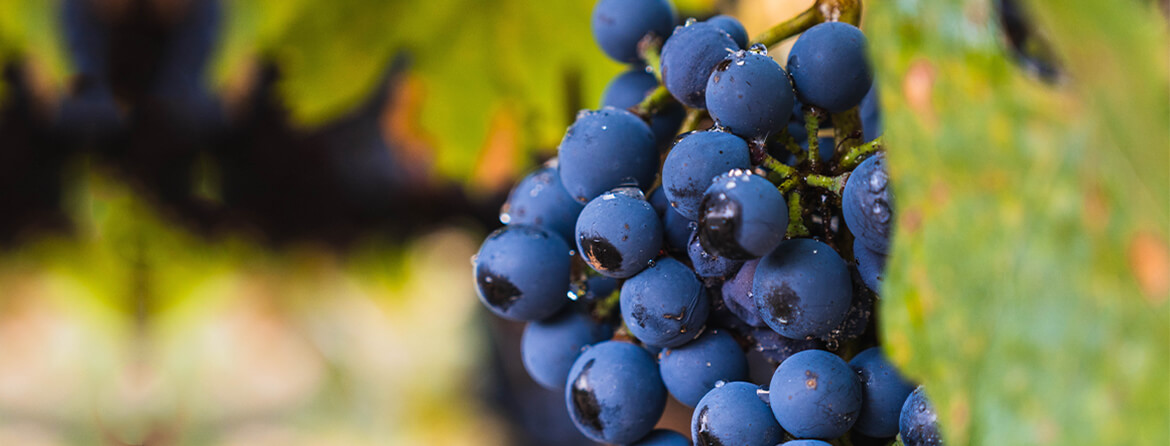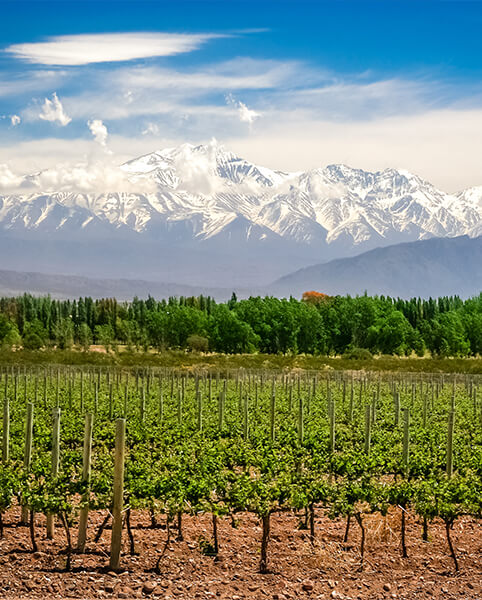The Origins of Malbec

The Origins of Malbec
Apr 17, 2023
By
tflavius
The Origins of Malbec
While Malbec may be Argentina’s best ambassador, a tiny region in Southwest France called Cahors is the grape’s ancestral home. Dubbed Cot in France and long used in the famed Bordeaux blends, Malbec’s rich, dark fruit character, fuller body and velvety tannins make for an exceptional blending partner as well as a stunning standalone, single variety wine.
Cahors: Malbec’s Motherland
Known as the “black wine of Cahors,” medieval Malbec enjoyed a stellar reputation, with significant exportation, and graced the tables of palaces and peasants alike. Today, a renewed emphasis on quality and terroir dominate much of the Malbec coming from Cahors. Designated as an official AOC in 1971, the region continued to improve vineyard practices (often planting with an emphasis on altitude), upped their ante for French oak aging regimes and built wines that could age with elegance. The Malbec from Cahors can differ dramatically from the higher alcohol, plush textures and decidedly fruit-forward Malbecs hailing from Argentina. Cahors Malbec tends to show more restraint and elegance at the outset, featuring vibrant acidity, often lower alcohol levels, and a leaner palate profile with more subtle fruit character. While both regions produce exceptionally food-friendly Malbecs, Cahors favors slightly lighter meat-themed dishes and partners well with Cassoulet, lamb chops or duck confit.
Argentina: Mighty Malbec

Argentina is the fifth largest wine producing country in the world with the majority of the country’s exports landing in U.S. markets. Tucked into the base of the Andes Mountains, 75% of Argentina’s vineyards are dedicated to growing Malbec in the high-altitude hills and plateaus of Mendoza. Malbec thrives on sunshine and high elevations, where the dynamic duo of warm, fruit-ripening days and cool, acid-balancing nights creates optimal ripening conditions.
The low humidity and natural barriers of the Andes to the west, the Atlantic to the east, and the Patagonian ice fields south, provide physical protection against many vineyard diseases and pests. This combination of ideal climate conditions, virtually pest-free growing environments, and good soil composition all culminate to make Argentina an ideal location to grow world-class Malbec. The last two decades have seen a surge in quality for Argentinean Malbec, thanks to significant international investments in both capital and winemaking expertise. Today, Malbec is the nation’s brightest wine star, with international acclaim boosting sales worldwide.
Argentinean Malbec showcases a fuller body, feisty black fruit nuances, velvety tannins and higher alcohol levels thanks in part to more sunshine and often better ripening conditions. Perfect for pairing with barbecue, or Argentina’s regional Asado (an open grill for cooking a variety of local meats) topped with Chimchurri, the fuller flavours of regional Malbec also marry well with empanadas, steak, burgers and brats.

